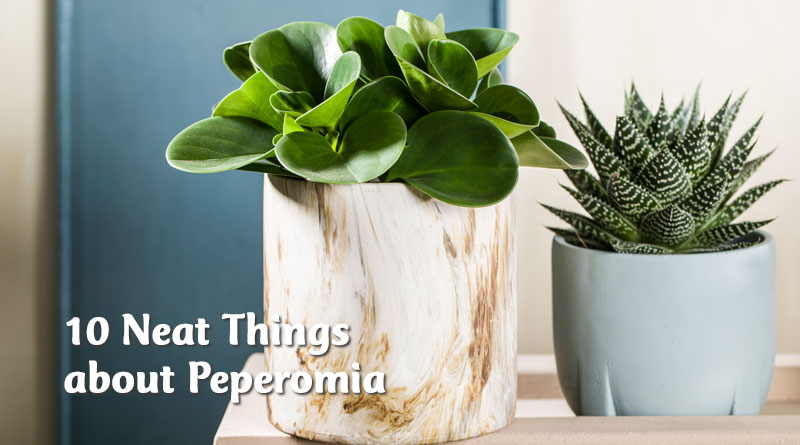About Peperomia
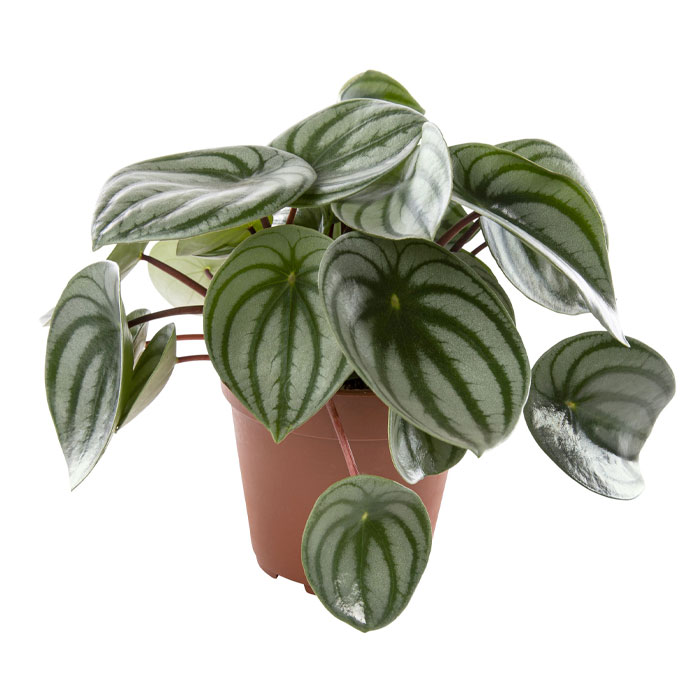
1. Plant of the year!
Peperomia has been declared the plant of the year by the National Garden Bureau. The National Garden Bureau is an American organization, but Canadians can follow their edicts too. This year is the first time they’ve had a houseplant as one of their “Year of” selections. It is also the Year of the Gladiolus, Verbena, Lilac, Phlox and Salad Green.
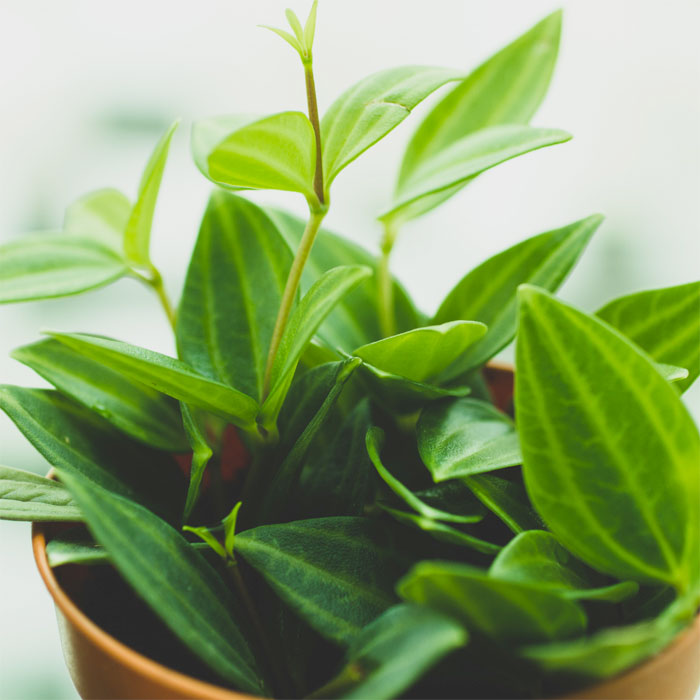
2. Many, many, many.
There are over 1500 species of peperomia in existence, ranging from upright to trailing to succulent, and in a multitude of colours. They come from the American tropics and mostly grow as epiphytes, which is to say, in nature they grow on rotting wood. But you can easily grow them indoors without a rotting tree. There are around 10 or 20 that you may come across being sold as houseplants.

3. How much light?
In nature, these succulents grow lower down, close to the forest floor, where they don’t get much light. In your house, they will be happiest in a bright room out of direct sunlight.

4. Succulents.
Peperomia succulents require less light than other succulents, making it easier for the new indoor plant parent. Look for Peperomia obtusifolia, with round, emerald-green foliage or variegated foliage.
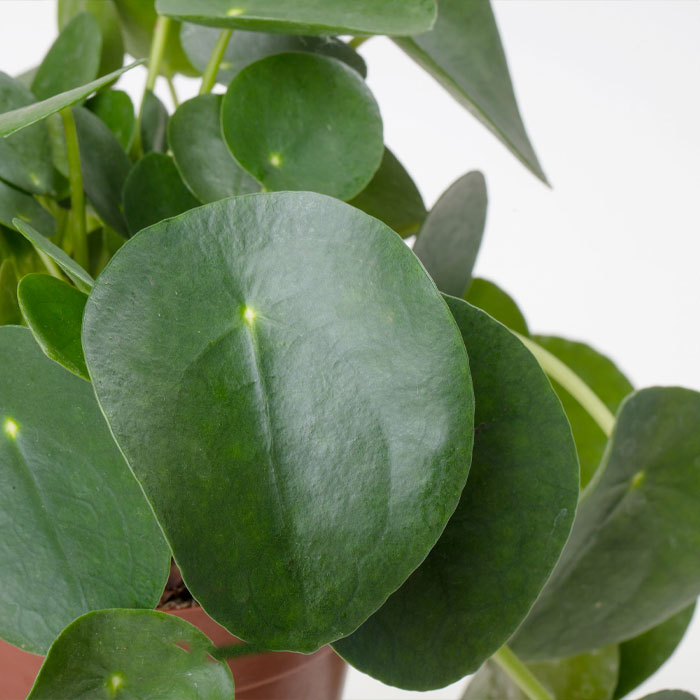
5. If you like that, you’ll love this.
P. polybotrya, or raindrop peperomia, sometimes get mixed up with Pilea peperomioides, also known as Chinese money plant. They do look very similar. The peperomia is more tolerant of drying out and doesn’t have the perfectly round leaves of the Pilea. And if you ask me, it’s quite a bit more attractive.

6. Help!
It’s lost its leaves! If your plant drops its leaves, chances are you have watered it too much. The stems of overwatered plants will be mushy and the leaves will turn yellow before dropping. Let your plant dry out between waterings.
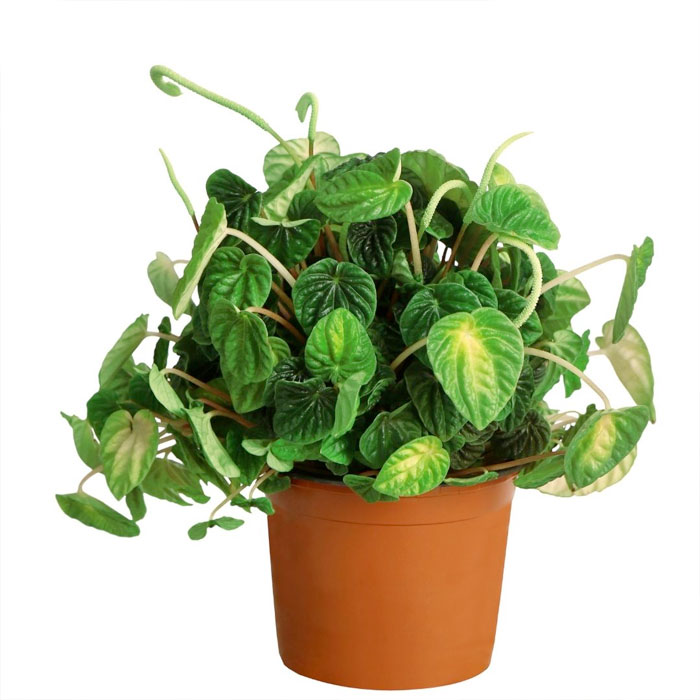
7. Too big for its pot?
These plants like to be snug in their pots. They don’t need to be repotted very often, certainly not more than every three years. Choose a pot one size up when you do repot. A terra cotta pot is a good choice because it will allow water to escape through the porous container.
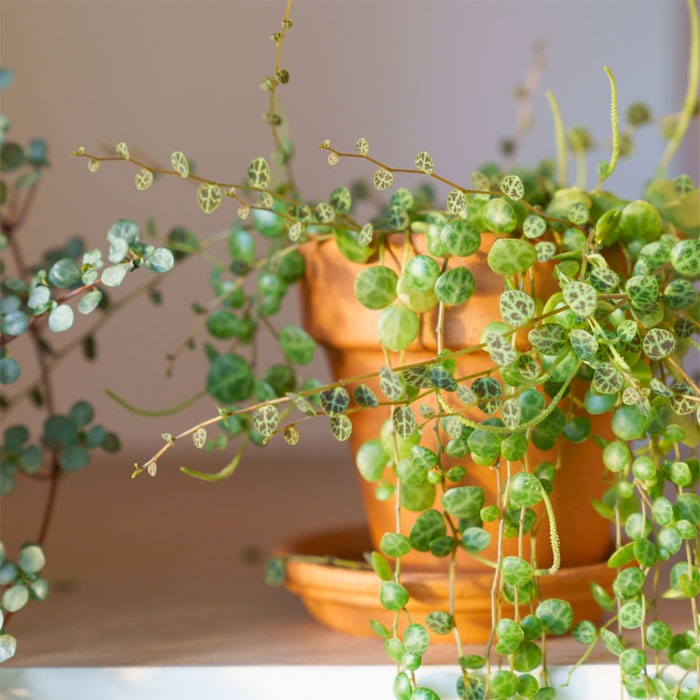
8. Make more.
Want to give a plant to a friend? Snip of a few pieces, remove the bottom leaves, and put them in a glass of water. You should get roots in two or three weeks. The plantlets can be potted up and given away. Alternatively, you can do leaf cuttings: cut a leaf at the stem and trim it diagonally. Put the cut side down into potting soil and keep it well watered until it roots and new growth appears.
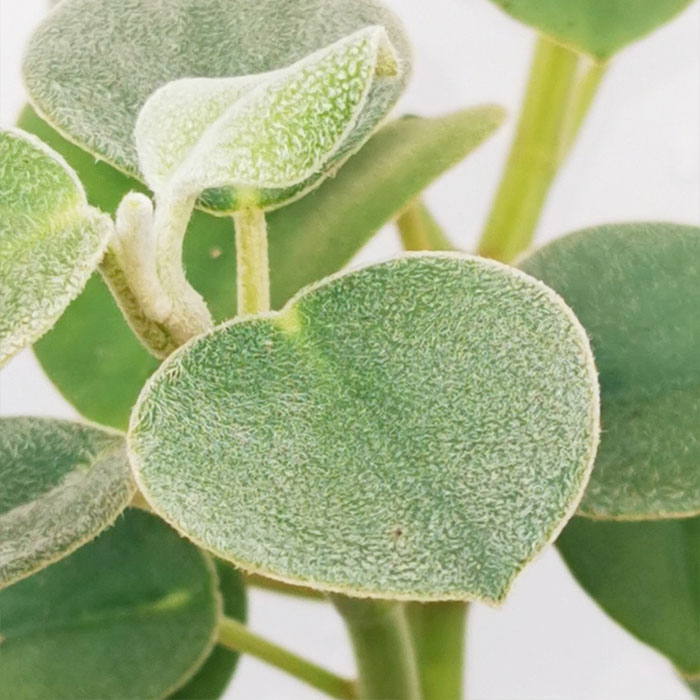
9. Toxicity.
Although it comes from the same family of plants as black pepper, you’re not supposed to eat it. But don’t worry if your pet does. The ASPCA does not consider peperomia toxic to cats or dogs.
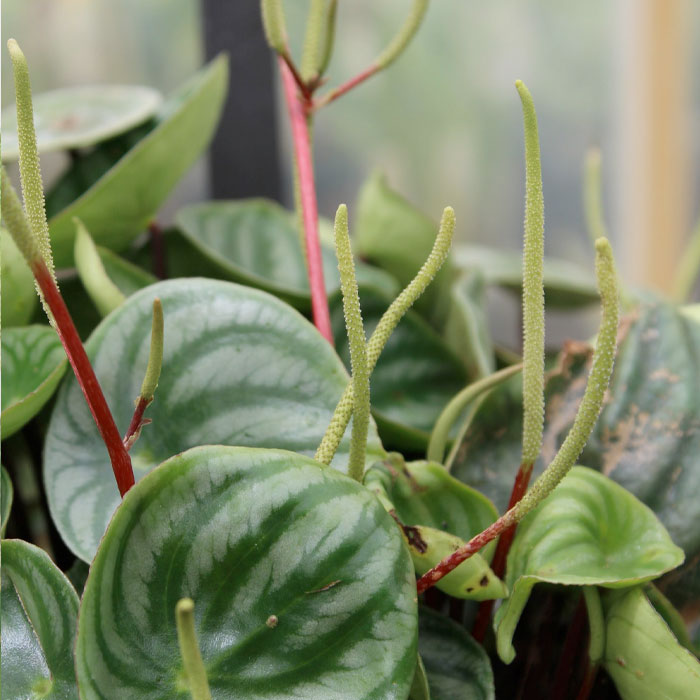
10. Is that a flower?
If your peperomia gets enough light in your house, it may bloom. The blooms look like long, thin spikes that have been compared to a rat’s tail. Congratulations!
– Shauna Dobbie Copyright©
Pegasus Publications Inc.
*All images are from National Garden Bureau’s website https://ngb.org

